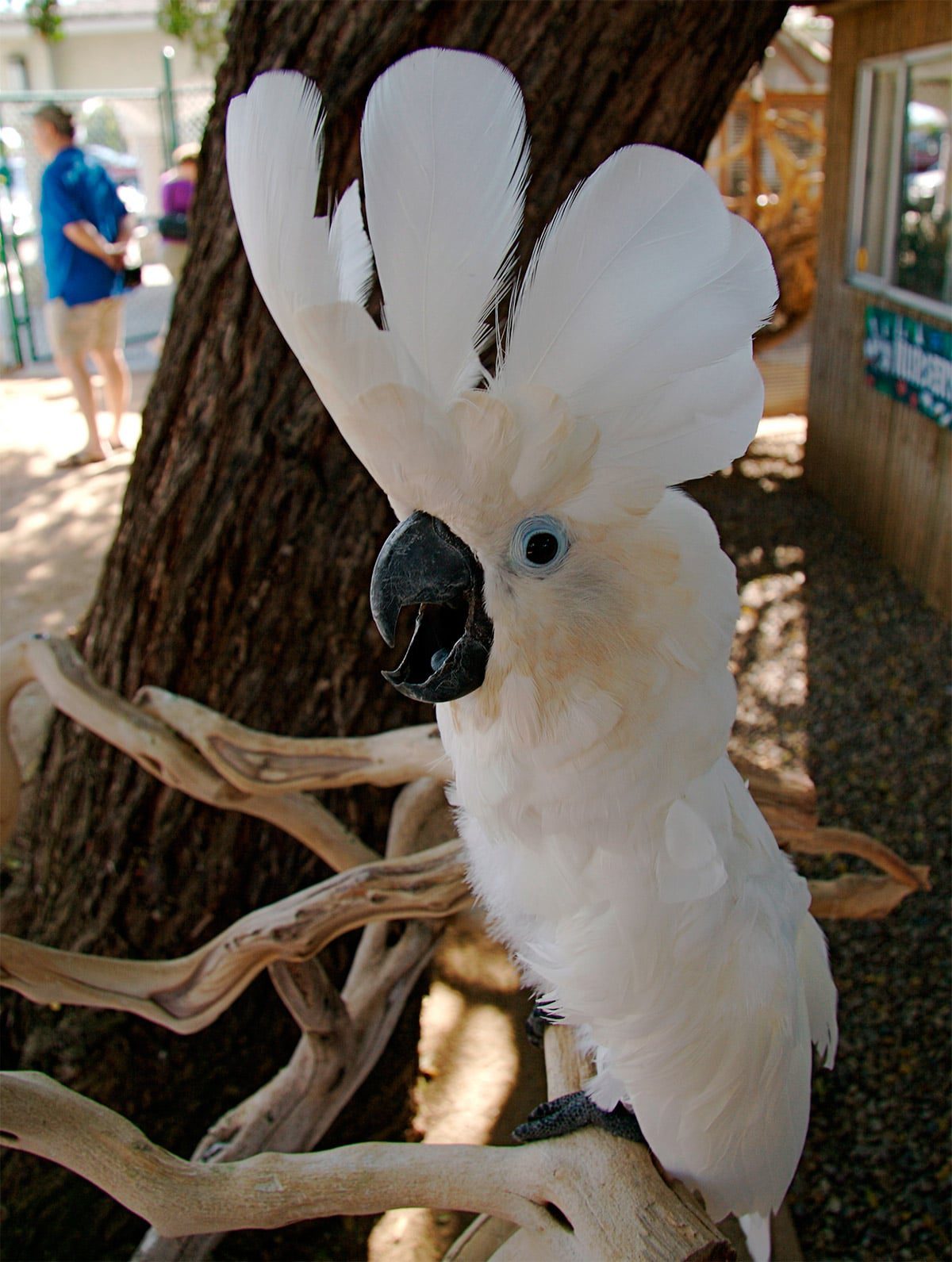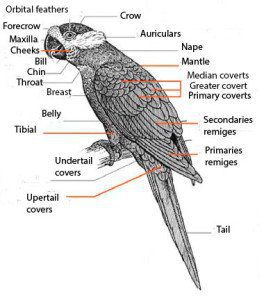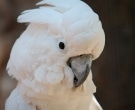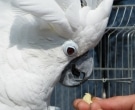Content |
|---|
Description White Cockatoo
40 to 50 cm.. length and a weight of approximately 550 gr.
The White cockatoo (Cacatua alba) is completely white, with yellowing below wings, bill black and legs dark gray.
The eye ring is blue.
It has a crest exuberant, that is elevated or low, Depending on your state of mind. The wings They are tapered or rounded.
If he irises is brown, then it is male, if reddish, it is female. The females has bill smaller.
The juveniles only they differ by color irises.
- Sound of the White cockatoo.
White Cockatoo Behavior:
They usually fly solo, in pairs, small groups, or in flocks of up to fifteen birds. In the afternoon, they gather in groups of up to fifty birds. even though they are social, with the exception of mating pairs, usually, they do not form close ties with others. As a result, There is no firmly defined order of dominant position in the community. Son day and they tend to be sedentary, Although some can be nomadic and wander in search of food.
The white cockatoos they are very bright and curious birds. They have the ability to use tools, as the use of a branch to scratch your back. They are monogamous, with couple bonds lasting lifetime. They can fall into a deep depression if you lose your partner.
Habitat White Cockatoo:
Video – "White cockatoo" (Cacatua alba) |
|---|
They live in lowland forests below 900 m, as well as in mangrove forests, plantations and agricultural land.
they are particularly common around the edge of clearings and rivers. They spend most of their time in the tops of the trees. The secondary vegetation high is its preferred habitat.
White Cockatoo Reproduction:
It nests in the hollows of trees. They lay two eggs and two birds hatch for a few 28 days. The larger hatchling tends to take dominance over the smaller hatchling, which will not be able to survive.. The chicks leave the nest to the 84 days old and are independent around 15-18 weeks. These birds reach sexual maturity at the age of 3-4 years.
White Cockatoo feeding:
In nature it feeds mainly on Tree fruits. They are often seen feeding on papaya, Durian, complexioned and rambutan. It has also seen them will eat crickets and lizards. They often feed on corn that grows in the fields, sometimes doing considerable damage.
Distribution:
Size of its range (reproduction / resident): 51.400 km2
The white cockatoo It found in rainforests on the islands of Halmahera, Bacan, Ternate, Ternate, Kasiruta and Mandioli in the north of the Moluccas of Indonesian.
Conservation:
Appears as vulnerable by the IUCN and placed in Appendix II in 1981.
In their natural environment, the white cockatoo is a species vulnerable Due to the decrease in number due to habitat loss natural, as well as for the capture for the illegal bird trade. There are restrictions on the number of birds that can be exported, but BirdLife International He says that this is being exceeded by up to 18 times the agreed number in some areas.
It can cause substantial damage to Corn crops.
World population: 43,000 – 183,000 individuals.
The White Cockatoo in captivity:
The White cockatoo You can live more than 60 years. It is very common in poultry farming and it is perhaps one of the most frequent pet cockatoos.
They are sympathetic, calm, beautiful, sweets and easy to domesticate. Bred to porridge they are usually wonderful pets, You can play some words but are not good talkers. These birds in captivity require mental stimulation almost constant. They are in constant motion, up and doing gymnastics. When lack of mental stimulation, often they are become neurotic, booting the feathers to the point of causing areas of baldness.
They are known for being very affectionate with their human companions, acting more like a dog than a bird in this regard as.
In the absence of a partner, captive white cockatoos will bond with their keeper as if that person were their mate.
Alternative names:
– White cackatoo, Great White Cockatoo, White Cockatoo, White-crested Cockatoo (ingles).
– Cacatoès blanc, Grand Cacatoès blanc (French).
– Weißhaubenkakadu (German).
– Catatua-branca (Portuguese).
– Cacatúa Alba, Cacatúa Blanca, Cacatúa Copete Blanco, Cacatúa de Goffin (español).
scientific classification:
– Order: Psittaciformes
– Family: Cacatuidae
– Genus: Cockatoo
– Scientific name: Cacatua alba
– Citation: (Statius Müller, 1776)
– Protonimo: Psittacus albus
White Cockatoo Images:
Sources:
– Avibase
– Parrots of the World – Forshaw Joseph M
– Parrots A Guide to the Parrots of the World – Tony Juniper & Mike Parr
– Birdlife
– avimarparrots.es
– Photos:
(1) – commons.wikimedia.org
(2) – Adam Lysican
– Sounds: Mike Nelson (Xeno-canto)






